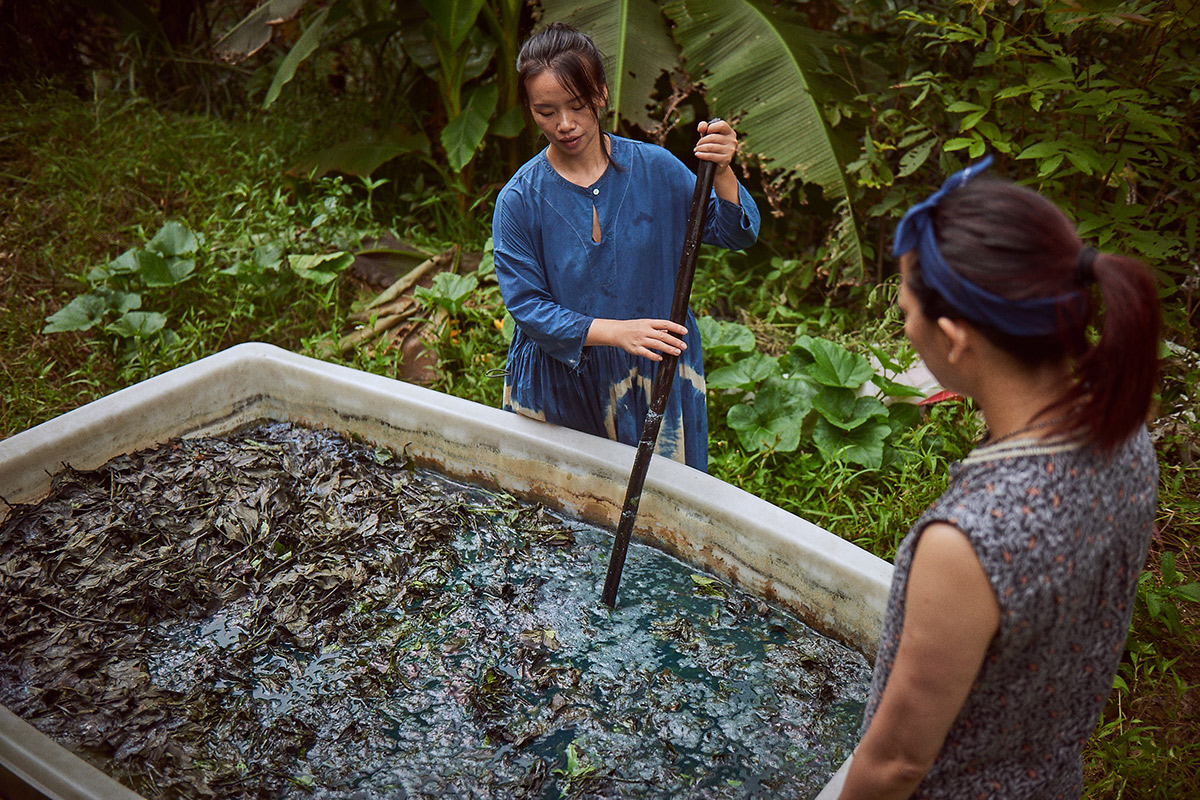

These varieties of indigo are famous for the natural blue colors obtained from the plant leaves used to make a natural dye. By: Teo Spengler Printer Friendly Version Image by Kamila Kozio Many of us are familiar with the beautiful, faded-blue hue made famous by the indigo plant. The fermented and dried leaves are then ground to a powder, sifted and substances added to produce the dye. For melt and pour soap, mix 1 teaspoon of powder with 1 tablespoon of 99 percent isopropyl alcohol and use 0.25 teaspoons of dispersed colour per pound of Melt & Pour soap to start. The popular color indigo is named after several plants in the genus Indigofera. Indigo may also be added to lye solution or infused into base oils. Usage Instructions: For cold process soap, mix 1 teaspoon with 1 tablespoon of lightweight oil and use 0.5 teaspoons of dispersed colour per pound of soap. INCI Name: Indigofera tinctoria (Indigo) Leaf Powder Support Stony Creek Colors At Wrangler, were excited to continue our collaboration with Stony Creek Colors and Cone Mills. It has been used for years in the traditional artisan method of dying clothes and as a natural colourant in cold process soap and melt & pour soap, and other handmade projects! Indigo (natural) natural indigo powder is an extract prepared from Indigofera tinctoria which is cultivated for this purpose. Essentially, natural indigo has the same basic chemistry as synthetic indigo, which means mills don’t need to purchase any new equipment. Indigo is known for its ability to produce a wide range of blues that range from the tint of a pale sky to a deep navy. Indigo (natural) – natural indigo powder is an extract prepared from Indigofera tinctoria.

customers – don't forget that the exchange rate (calculated by your shipping method) works in your favour it's like an extra discount.


 0 kommentar(er)
0 kommentar(er)
